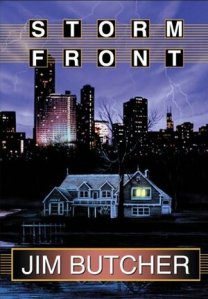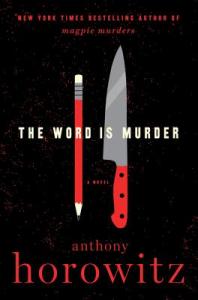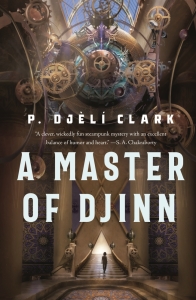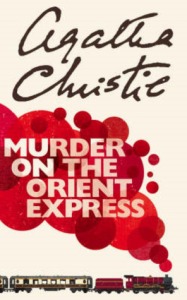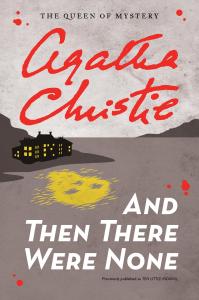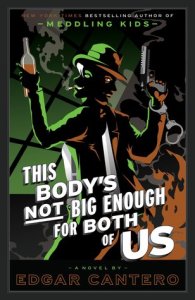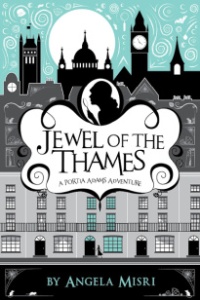Title: Storm Front
Series: The Dresden Files #1
Author: Jim Butcher
Genre: Detective Noir/Urban Fantasy
Trigger Warnings: Sexual talk/discussion/innuendos (a lot), sexual content, sexism, gore (severe), death, blood, murder, body horror, domestic abuse (mentions), violence, drug use (mentions)
Back Cover:
Dresden is the best at what he does. Well, technically, he’s the only at what he does. So when the Chicago P.D. has a case that transcends mortal creativity or capability, they come to him for answers. For the “everyday” world is actually full of strange and magical things—and most don’t play well with humans. That’s where Harry comes in. Takes a wizard to catch a—well, whatever. There’s just one problem. Business, to put it mildly, stinks.
So when the police bring him in to consult on a grisly double murder committed with black magic, Harry’s seeing dollar signs. But where there’s black magic, there’s a black mage behind it. And now that mage knows Harry’s name. And that’s when things start to get interesting.
Magic – it can get a guy killed.
Review:
Detective noir is not my genre. My awareness of the tropes and the general ideas and structure comes from media making fun of the genre rather than anything from the genre itself, and the only thing I’ve previously read that’s even close is This Body’s Not Big Enough For Both Of Us, which I don’t think really counts. I picked this up because my husband thought I’d like it, and I finished it because it was just interesting enough to be better than the hassle of trying to download a new book on crappy work wifi.
Dresden himself is an unapologetic sexist, though he calls it “a commitment to old-fashioned values.” The book itself doesn’t treat women any better, either. The female characters in this book are murdered for being sexy, using sex for evil, using sex appeal to manipulate people, abused for not being sexy enough, or not sexy but could be with a little effort. Every description of a woman focuses on her curves, how feminine her lips are, the shape of her breasts, and either how sexy she is or how sexy she could be if she tried. An encounter with a vampire left the impression that the most horrifying thing was that her nice human boobs were rotted and saggy in her vampire form. Even Detective Karrin Murphy, a Chicago police officer who Dresden works with a lot and who he claims to have some kind of friendship with, is mainly described by commenting on her feminine shape and how she could be sexy if she wasn’t so focused on being a cop.
Which leads us perfectly into how absolutely obsessed this book was with sex. The murder victims are murdered over sex. The antagonist is obsessed with sex. Dresden’s magical assistant is obsessed with sex. The plot hinges on who is having sex with who and where. If you had no contact with humans besides this book, you would be forgiven for assuming that the only thing humans ever think about is sex. My biggest problem with books targeted for adults is that it seems like the authors are afraid that if they don’t put in enough sex, the book will get categorized as Worthless Children’s Literature. Storm Front cranked that up to eleven – I don’t think there’s a single page that doesn’t have either “I’m a hard-bitten exhausted detective man,” gristly gory death, or sex. Often more than one.
All that said, the book was not entirely awful. I was curious enough about the connection between Dresden’s two cases (the double-murder and a missing husband case – I’m genre-savvy enough to know they had to be connected somehow) that I did want to find out how the mystery ended. And the urban fantasy elements kept me from being entirely bored with the detective bits. But detective noir is still not my genre, and I’m not sex-obsessed enough to be interested in reading more. I didn’t completely hate this book, but I’m not reading any more of this series.
The Dresden Files series:
- Storm Front
- Fool Moon
- Grave Peril
- Summer Knight
- Death Masks
- Blood Rites
- Dead Beat
- Proven Guilty
- White Night
- Small Favor
- Turn Coat
- Changes
- Ghost Story
- Cold Days
- Skin Game
- Peace Talks
- Battle Ground
- Twelve Months
- Mirror Mirror

